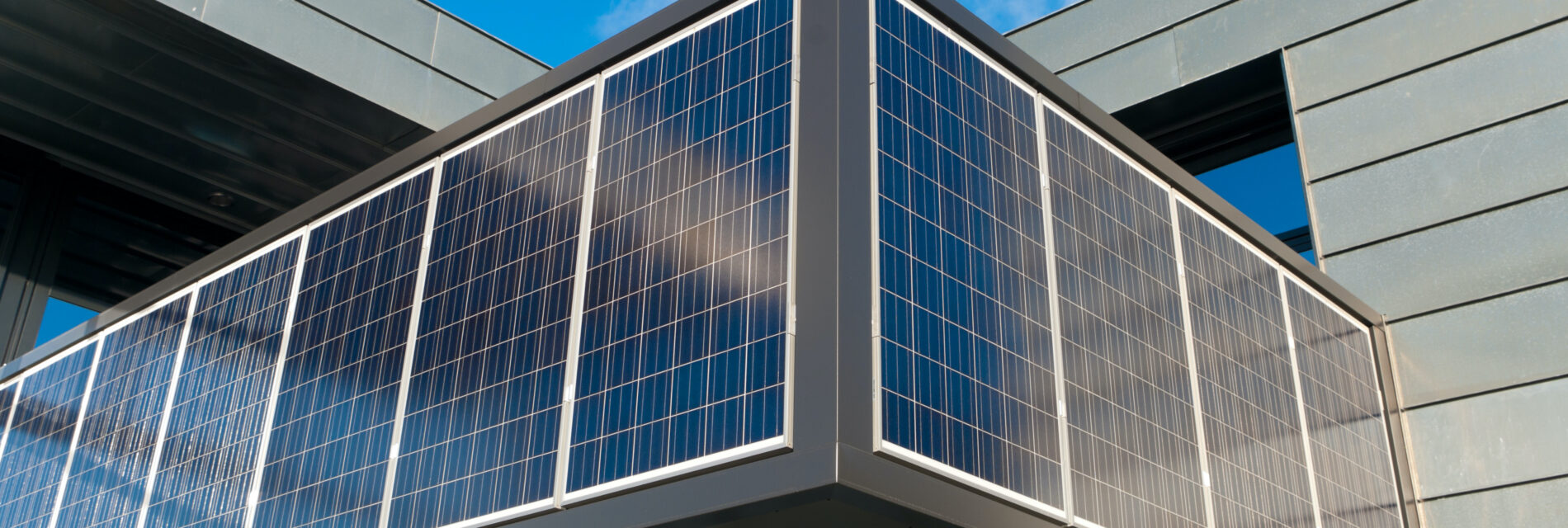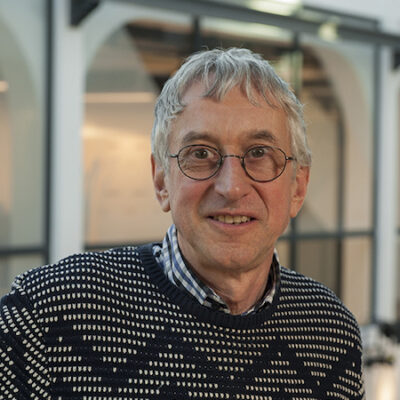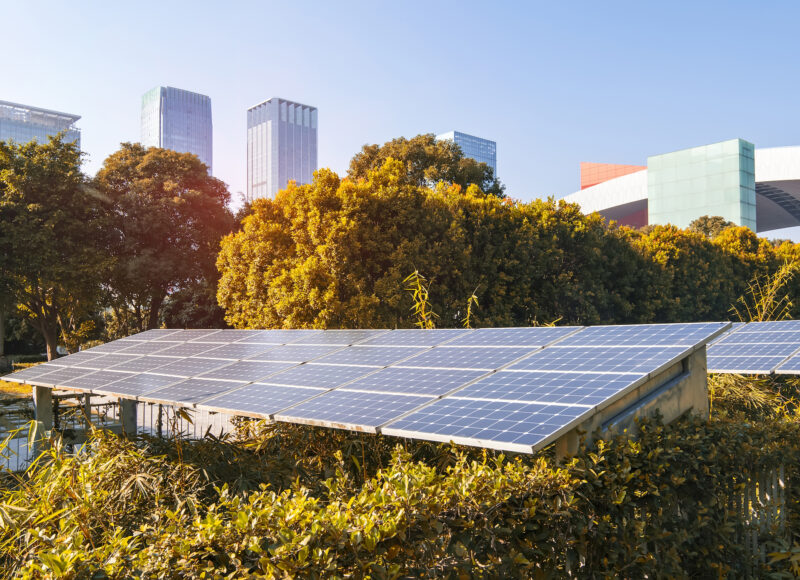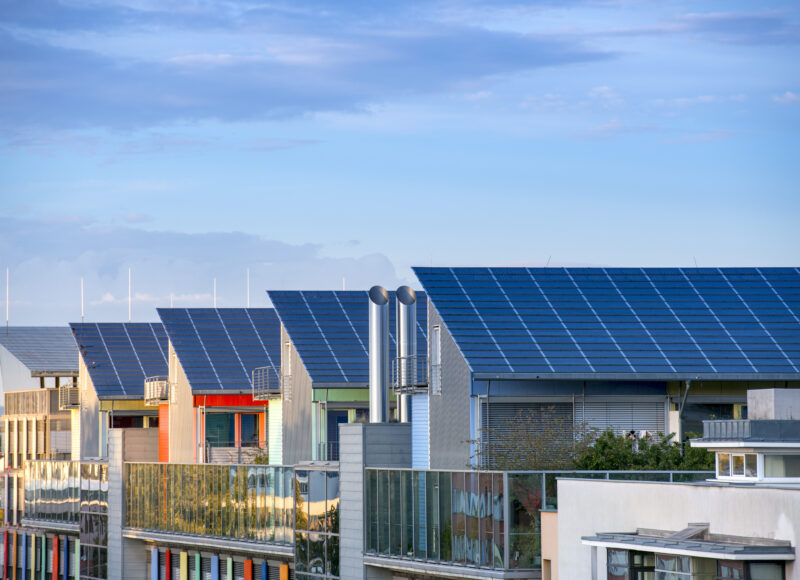The energy efficiency of building ensembles depends on multiple factors such as the shape and position of buildings, the characteristics of the walls and equipment, occupant behaviour, climatic conditions and the energy networks to which the buildings are connected.
Heat exchange, air movements, collection, storage and distribution of solar energy, production of electricity, heat and cold are determining variables for the energy efficiency of a building. The modelling tools developed within the Centre for Energy Efficiency of Systems (CES) at MINES ParisTech are used to simulate and anticipate the behaviour of buildings and so identify the heating and cooling needs, the level of thermal comfort or take into account the contribution of local energy production systems such as photovoltaic modules.
The development of a stochastic model of building occupancy made it possible to assess and take into account the behaviours and uses of occupants and visitors to buildings, which represent a key factor in energy consumption during the use phase.
The building energy simulation is supplemented by uncertainty calculations, which make it possible to propose a performance guarantee process including the determination of a level corresponding to a controlled risk. The actual performance level is then verified by measuring and adjusting certain parameters related to the climate and occupants. Thanks to the popularisation of smart sensors and machine learning techniques, it is now possible to take better account of these variables.
At the neighbourhood level, modelling of microclimates makes it possible to simulate the implementation of an urban project in order to estimate the consequences in terms of temperatures (the heat island effect, for example) and air movement.
Optimisation techniques are implemented to develop energy management strategies taking into account the interactions between buildings and networks, in conjunction with the CAS (Automatic Control and Systems Centre). The objective is, for example, to reduce peak demand in buildings, which will therefore better integrate into a network increasingly supplied by renewable but intermittent sources and so facilitate the energy transition. Macroeconomic models have therefore been used to study prospective scenarios concerning the long-term developments in the electricity system, the environmental impacts being strongly influenced by this parameter. Optimisation is also implemented during the design phase in order to identify high-performance solutions at lower cost through the use of genetic algorithms.
CES
- About
- Scientific publications
- Projects
- Researchers
- Practitioner groups
- Posts






